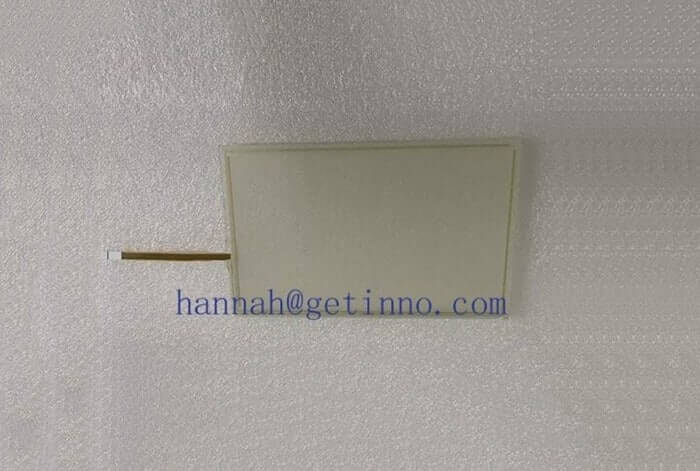Lithium battery technology enters the new era of 2.0 and new energy vehicles
Jia Xinguang, chief analyst of China Automobile Industry Consulting and Development Corporation, said that with the continuous rise in fuel prices, the state has increased investment in hardware equipment such as charging piles, as well as the tightening of preferential policies for traditional fuel vehicles and the relaxation of new energy vehicle policies. Let more and more purchasing power be transferred to the new energy field, and the new energy boom caused by this may start to break out this year.
Recently, the reporter learned that in the 304th batch of “Road Motor Vehicle Manufacturing Enterprises and Product Announcements” issued by the Ministry of Industry and Information Technology, there are 36 new energy passenger vehicles, 65 new energy passenger car products (including chassis products), and new energy passenger vehicles. There are 66 special vehicle products (including chassis products). Among them, new energy passenger vehicles accounted for 21.6% of the total new energy catalog. Including 29 pure electric passenger cars and 7 plug-in hybrid passenger cars.
In the list of new products declared for new energy passenger vehicles, in addition to known new energy vehicle companies such as BAIC New Energy, BYD, and Yundu, a number of emerging new energy vehicle brands such as Haima, Jiangling, Hangzhou Yangtze River, and Hebei Hongxing have also sprung up. appear like.
speed up
Lithium battery technology enters a new era of 2.0
If the heart of a traditional car is the engine, then the heart of a new energy vehicle is the battery. Compared with fuel vehicles, the short cruising range and long charging time of pure electric vehicles are the factors restricting their rapid development. But now, the battery industry is picking up speed.
The reporter learned from the Ministry of Industry and Information Technology that on April 17, 2017, the Ministry of Industry and Information Technology announced the list of companies (the first batch) that met the “Lithium-ion Battery Industry Standard Conditions”, and 8 companies were selected. Among them, Ningde Times New Energy Technology Co., Ltd. was selected as the only energy storage battery company.
On January 15th, the Ministry of Industry and Information Technology announced the list of companies (the second batch) that meet the “standard conditions for the lithium-ion battery industry”. Lithium battery companies entered the list, 17 more than the first batch.
It is worth noting that in the second batch of companies, the number of energy storage battery companies exceeds that of consumer battery companies. According to industry analysts, this is closely related to the rapid development of new energy vehicles.
According to data from the China Automobile Association, in 2017, the production and sales of new energy vehicles reached 794,000 and 777,000 respectively, a year-on-year increase of 53.8% and 53.3% respectively. With the further development of the new energy vehicle industry, the proportion of energy storage batteries will further increase.
Recently, a number of companies have made breakthroughs in lithium-ion battery-related technologies. Lanxiao Technology announced on January 15th that the Qinghai Lenghu 100t/a lithium carbonate project undertaken by the company and Shaanxi Membrane Separation Technology Research Institute Co., Ltd. has completed the commissioning of the production line and has produced high-purity lithium carbonate; Jiangte Motor recently accepted the agency According to the survey, the company’s lithium carbonate production line currently has a daily output of more than 10 tons, and the new production line is scheduled to be completed in the first half of this year.
prospect
Global electric vehicle market investment reaches 90 billion US dollars
The electric vehicle market is not only booming in China, but also in the global market. The reporter learned from Ford Motor that the company recently announced that its investment in the field of electric vehicles will double to US$11 billion. So far, the investment of global car companies in the field of batteries and electric vehicles has reached US$90 billion and will continue to grow.
Electric vehicles currently account for a relatively small proportion of the global car market. Electric vehicles account for less than 1 percent of the 90 million cars sold each year. Tesla, led by Musk, topped last year with just over 100,000 sales of just three models.
At the same time, in 2017, China’s total car sales ranked first in the world for the ninth consecutive year. The 2017 China automobile production and sales data released by the China Automobile Federation showed that last year, my country’s automobile production and sales reached 29.0154 million and 28.8789 million, an increase of 3.19% and 3.04% year-on-year. More than 25% of the cars sold globally were purchased by Chinese customers. On the other hand, the timetable for the global ban on the sale of traditional energy vehicles has entered the countdown. Many countries, including Norway, the Netherlands, Germany, India, the United Kingdom and France, have set a clear countdown timetable. The sale of traditional gasoline vehicles in my country has been suspended. has also been put on the agenda.
Link
Improving energy-saving technology Traditional car companies are not enthusiastic
In another three months, the assessment of the average fuel consumption (CAFC) points for automobile enterprises will officially begin.
At the end of 2017, the Energy and Transportation Innovation Center released the “2017 China Passenger Vehicle Fuel Consumption Development Report”, pointing out that the new dual-point assessment system provides car companies with a variety of channels to compensate for negative CAFC points. The market profit temptation of high SUVs and the call to ban the sale of fuel vehicles are getting louder, and traditional auto companies may be losing their enthusiasm for the improvement of fuel vehicle energy-saving technologies.
Industry insiders pointed out that the fuel consumption of new cars reported to the Ministry of Industry and Information Technology in 2016 has reached the standard, and the company has sufficient technical reserves. However, cost pressure and fuel consumption management lack an effective reward and punishment mechanism, which may greatly reduce the motivation for energy-saving upgrades of traditional vehicles and delay the improvement of traditional vehicle energy-saving technologies. With the implementation of the dual-point system, this situation may intensify.
The Links: 6AV2124-0GC13-0AX0 3HAC14363-1
Pre: Schneider Electric Construction Indus... Next: First on CCTV! How does Syrius Juxing...




